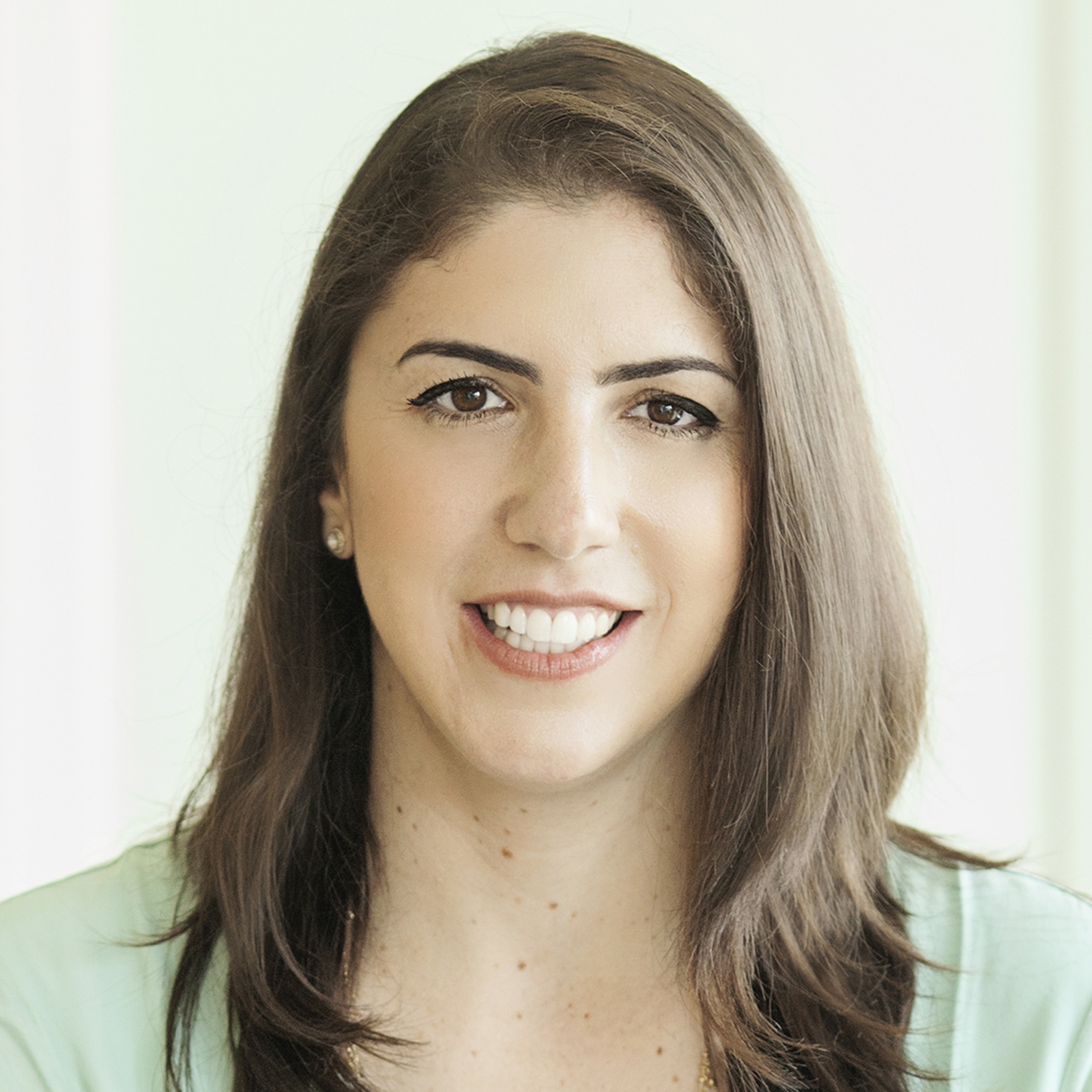Next Gen Finance Study
Topics

We’ve all had the experience of truly purposeful, authentic learning and know how valuable it is. Educators are taking the best of what we know about learning, student support, effective instruction, and interpersonal skill-building to completely reimagine schools so that students experience that kind of purposeful learning all day, every day.
One of the key goals of NGLC is to demonstrate that blended, personalized, mastery-based approaches that leverage technology to significantly increase student success can be achieved at equal or lower costs than current norms.
One of the key goals of NGLC is to demonstrate that blended, personalized, mastery-based approaches that leverage technology to significantly increase student success can be achieved at equal or lower costs than current norms. A key criteria in NGLC’s grants to fund new, breakthrough secondary schools—both Wave IIIa and Wave IV—is the ability of the school developers to demonstrate that the proposed financial model is sustainable on public revenue and also scalable without additional private philanthropic support.
In order to better understand how the financial models of new, blended secondary schools are working in practice, this past week, we launched a new study funded by the Bill & Melinda Gates Foundation conducted by colleagues at the Center for Reinventing Public Education (CRPE) and Afton Partners, a school finance consulting firm. CRPE and Afton colleagues will collect data on the schools’ financial models of NGLC grantees in Wave IIIa as well as a peer group of non-NGLC blended learning schools. The study will pose the following key questions:
- How much do blended learning models spend on startup and scale-up costs?
- To what extent do blended learning models substitute technology for labor?
- How do resource allocation patterns in blended learning schools compare with more traditional schools?
- Do the amount and type of products or services invested in technology vary across blended learning schools?
CRPE and Afton researchers will answer these questions through a variety of methodologies including an analysis of financial data from schools (revenue, expenses, additional costs), administrator surveys, and interviews with key administrators.
The breakthrough designs of schools awarded NGLC schools have several features that may impact their financial models. Many are extended day and extended year; offer more comprehensive student supports; invest heavily in hardware, software, and technological infrastructure; utilize facilities differently; and utilize unique staffing models. (To learn more about their designs, see the grantee profiles.) The study by CRPE and Afton will help us all better understand the implications of different design choices on the financial sustainability of blended, personalized, mastery-based approaches. Future school developers will benefit from this evidence base, enabling them to be more confident that their models are sustainable. For those who are interested in applying for our Wave IV grants, Afton Partners has assembled an early analysis of our existing grantees and their financial models. Feel free to email Dalia Hochman if you would like a copy of this analysis.
While we expect that the data collected will be preliminary as it will only show a real picture of the start-up phase of these schools, we also plan on collecting data over the next two years in order to understand schools in the steady-state (rather than in the start-up state). All of this will help researchers, educators, and policymakers answer important questions about blended, personalized learning: not just whether it can lead to substantially higher student outcomes, but whether—and how—it can do so at a cost that society can afford.
Stay tuned for early results of the study coming this fall!




